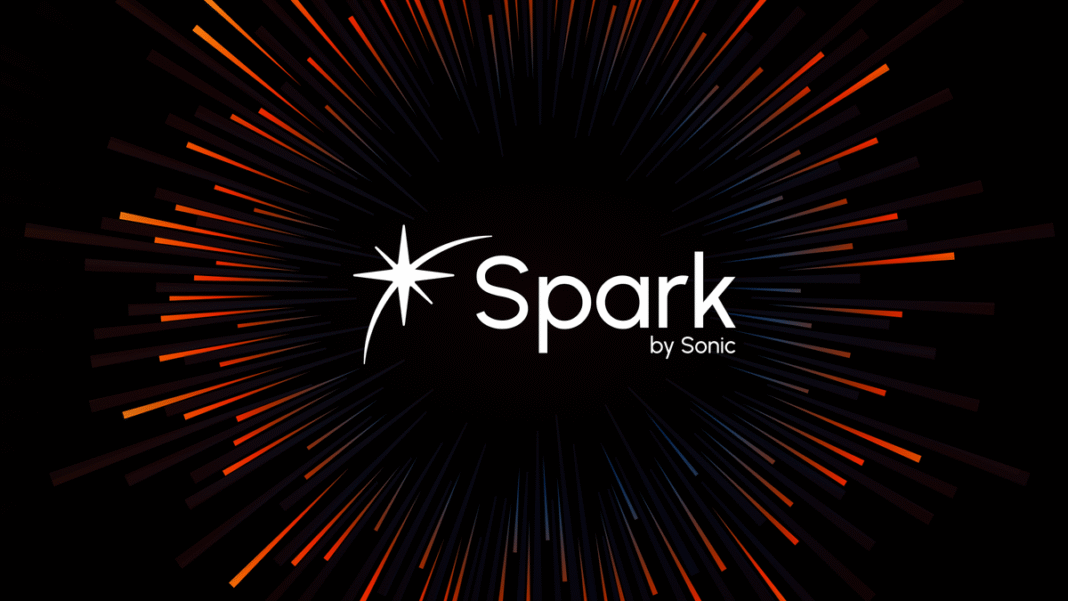Spark by Sonic Labs makes Web3 app development easy for everyone.
It uses AI to build, fix, and launch blockchain apps with no coding needed.
The platform could open the door to a more inclusive and faster-growing Web3 ecosystem.
In a major step toward simplifying Web3 development, Sonic Labs has unveiled Spark, a no-code AI platform designed to help users build Web3 applications without writing a single line of code. This launch signals a shift in how decentralized apps might be created in the near future—making it easier, faster, and more accessible for anyone, regardless of their technical skills.
Making Web3 More Accessible
The world of Web3 has often felt out of reach for people without programming experience. Creating decentralized applications typically requires knowledge of smart contracts, blockchain networks, user interfaces, and backend systems. Sonic Labs aims to remove these barriers with Spark. The platform allows users to describe what they want to build in plain language, and Spark takes care of the rest.
Whether someone wants to launch a crypto wallet, a decentralized marketplace, or a governance system, Spark can generate the code, test it, and even deploy it—all guided by artificial intelligence. This means that artists, entrepreneurs, and creators without a tech background can bring their Web3 ideas to life with ease.
How Spark Works
Spark is powered by an advanced AI system built on Google’s Gemini large language model. When a user gives Spark a description of the app they want to create, the AI interprets it and instantly builds a working version of that app. It handles everything from writing smart contracts to designing the user interface and connecting it to the blockchain.
If something doesn’t work or the app needs adjustments, the AI can troubleshoot and debug the issues automatically. This self-correcting ability means users don’t have to go through the frustrating trial-and-error process that usually comes with coding. Instead, Spark keeps refining the app until it works smoothly.
Designed for Safety and Transparency
One of the concerns with no-code tools—especially in the blockchain space—is the risk of deploying insecure or buggy code. Spark addresses this by running automatic security checks and alerting users to any potential vulnerabilities before they launch their app. It also provides clear explanations of how different parts of the app work, so users stay informed and in control of their project.
This combination of security, transparency, and education makes Spark a valuable tool not just for beginners, but also for experienced developers who want to speed up the app-building process.
A Boost for the Web3 Ecosystem
By lowering the entry barrier, Spark has the potential to bring more voices into the Web3 conversation. Small businesses can experiment with blockchain features, communities can launch decentralized platforms, and innovators can prototype ideas faster than ever before. The platform is currently in early access, and Sonic Labs is inviting interested users to sign up for updates.
In addition to supporting creators, Spark could also help Web3 grow as a whole. More applications mean more user adoption, more experimentation, and ultimately more progress in making blockchain technology useful in everyday life. Tools like Spark turn abstract blockchain concepts into working products in a matter of minutes, pushing the ecosystem forward.
What Comes Next
Sonic Labs has not yet revealed when Spark will be fully available to the public, but the company is actively developing the platform and gathering feedback from early users. As the technology matures, it could play a key role in shaping how the next generation of decentralized applications are built and launched.
It’s also worth watching how Spark compares to other no-code blockchain tools as more companies enter this space. What sets Spark apart for now is its strong AI integration, instant deployment capabilities, and user-friendly experience. If it lives up to its promise, it could be a game-changer for both hobbyists and professionals in the Web3 world.
Final Thoughts
The launch of Spark reflects a broader trend in tech: using AI to remove complexity and empower more people to create. Just as website builders changed the internet in the early 2000s, platforms like Spark could do the same for Web3 today.


